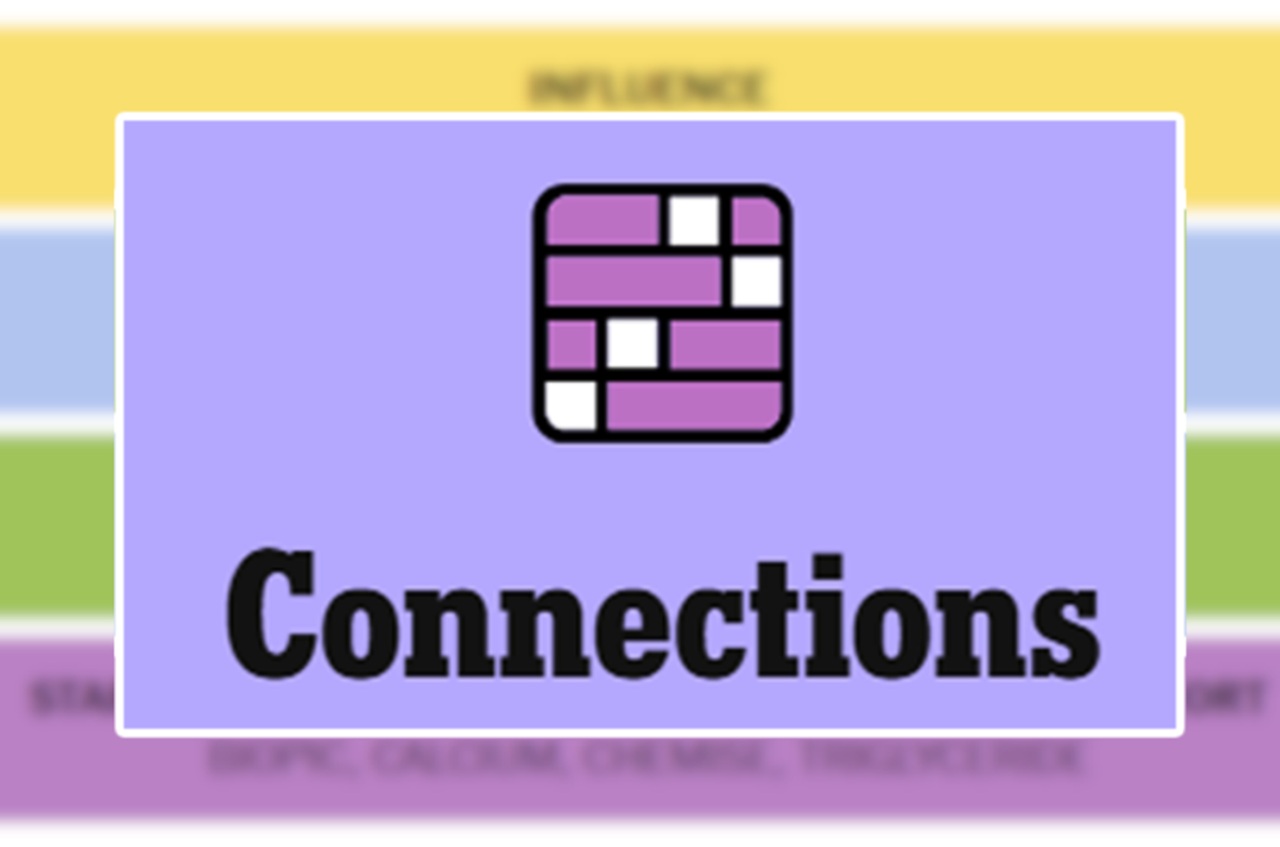The New York Times’ Connections puzzle has quickly become a favorite for word lovers and logic enthusiasts alike. Launched in mid-2023, this daily brain teaser combines vocabulary skills, lateral thinking, and pattern recognition, offering players a chance to sharpen their minds in just a few minutes each day.
On October 19, 2025, NYT released Puzzle #861, and it brought a delightful mix of straightforward and tricky challenges. Solvers were tasked with grouping 16 words into four sets of four, each set sharing a common theme. While some groups were intuitive, others demanded careful thought, attention to idioms, and sometimes even playful word manipulation.
How NYT Connections Works
In Connections, each puzzle presents 16 words on a single screen. The goal is simple: find the hidden connections among them and sort them into four thematic groups. The game increases in difficulty by including sets that may have:
Literal connections (e.g., book parts or animals)
Idiomatic phrases (e.g., “flip out”)
Wordplay and manipulation (adding letters, rhyming, or forming new words)
The groups are sometimes color-coded to suggest difficulty: yellow is typically easiest, green and blue vary, and purple is often the most challenging.
This combination of logic, creativity, and vocabulary makes Connections unique among daily puzzles. Many players find it more engaging than standard crosswords because it requires lateral thinking rather than mere recall.
Puzzle #861 Overview: October 19, 2025
Puzzle #861 presented players with four distinct thematic challenges:
1. Yellow Group – Words Related to Falling or Toppling
The yellow group is often the easiest to solve and gives solvers a confidence boost. For Puzzle #861, the yellow group consisted of words related to falling or tipping over, including:
Fall
Spill
Tumble
Wipeout
This set was intuitive because all the words describe situations where balance is lost or a sudden movement occurs.
Tip: Always start with the yellow group—it’s a common strategy for solving Connections puzzles quickly.
2. Green Group – Parts of a Book
The green group in Puzzle #861 focused on book components, which require players to think more literally. The words included:
Cover
Jacket
Leaves
Spine
These are all elements of a physical book. The green group often relies on everyday knowledge rather than idioms or wordplay, so players can find it by scanning for straightforward connections.
3. Blue Group – Words That Pair With “Out”
The blue group often requires a little more lateral thinking. In Puzzle #861, players needed to identify words that form idiomatic phrases when combined with “out.” The words were:
Bug (as in “bug out”)
Flip (“flip out”)
Freak (“freak out”)
Wig (“wig out”)
These idiomatic expressions describe losing control emotionally or physically. The trick is thinking beyond literal meanings and considering common English phrases.
Tip: If a word seems odd on its own, check for potential phrases or phrasal verbs.
4. Purple Group – Chocolate Bars With a Twist
The purple group is usually the most challenging. For this puzzle, players had to identify popular chocolate bars with an extra letter added. The words included:
Crunchy (from Crunch)
Dover (from Dove)
Marsh (from Mars)
Skort (from Skor)
This group tested both familiarity with candy brands and creative thinking about letter changes. Recognizing patterns like this can dramatically speed up solving for experienced players.
Top Strategies for Solving NYT Connections Puzzles
Whether you’re a beginner or a seasoned solver, these strategies can help you tackle any puzzle, including #861:
Start With the Easy Group – Yellow groups often provide quick wins and build momentum.
Look for Literal Connections – Identify groups based on everyday knowledge, like parts of a book or types of fruit.
Think Idiomatically – Many blue groups or mid-level difficulty sets rely on phrases or idioms.
Analyze Wordplay Carefully – Purple groups often involve letters, spelling tweaks, or creative twists.
Use Elimination – Place words tentatively and move them if they don’t fit another group.
Stay Calm and Patient – The puzzle is designed to challenge your lateral thinking, not to trick you unfairly.








